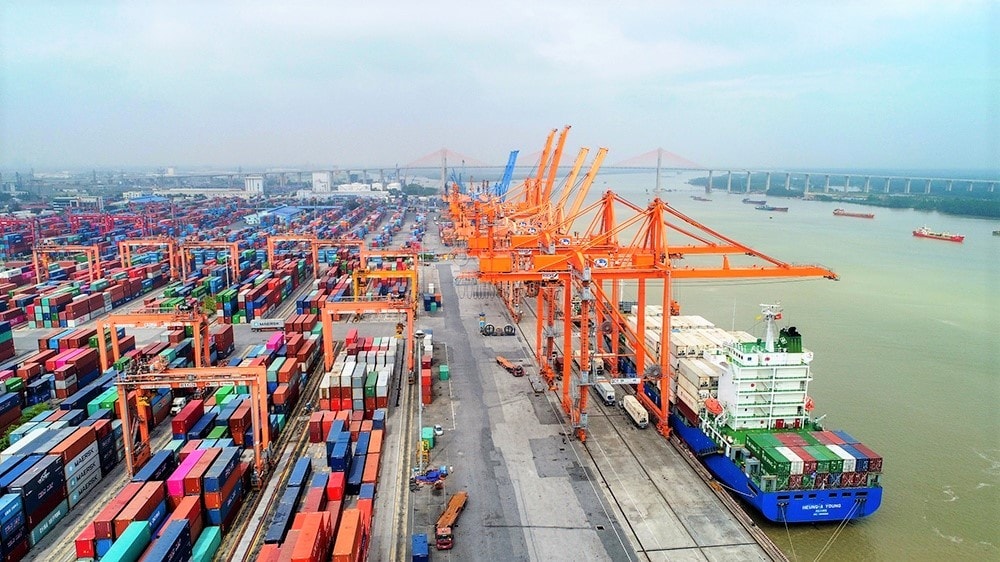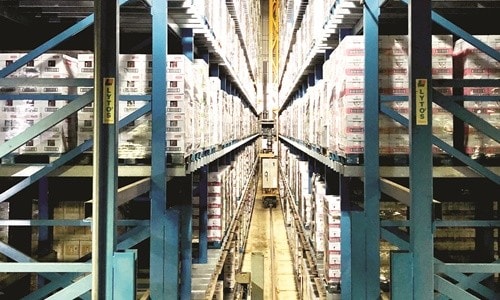Strategies for cross-border logistics
Thời sự - Logistics - Ngày đăng : 11:39, 25/05/2021

With a wave of overseas supplier disruptions due to COVID-19 and resulting supply shortages that bottlenecked operations across the supply chain
The last years, global trade has caused a substantial increase in cross-border transportation, which, in turn, has created great opportunities for internationalization for companies of all sizes. However, there are several challenges that cross-border freight companies must sort out, documentation being the main issue.
Because freighters must complete many loads, they must accurately state the classification, value, and country of origin of the products and they must do so in several languages. If the documentation process is not carried out correctly before shipping, it most certainly will cause delays of days or weeks at customs, which will possibly result in clients not getting their refunds and original sellers not getting the goods back.

Work with bonded or C-TPAT - certified carriers
Other challenges in cross-border trade are a lack of visas and permits for drivers, a wrong calculation of the demand in specific markets, settling refunds, and sales through multiple channels with varied requirements.
To ensure that you can effectively transport goods across borders, consider these four crossborder strategies:
Work with bonded or C-TPAT - certified carriers
Bonded carriers streamline the flow of goods because they do not pay duties on shipments and do not require U.S. customs clearance. Products reach their destinations faster, and without added costs.
Likewise, it is advantageous to work with C-TPAT-certified carriers who have been screened and deemed low risk for security issues. They benefit from fewer inspections and access to the Free and Secure Trade lanes.
Establish warehouses near borders
Whether shipping northbound or southbound, establishing warehouses near borders provides greater flexibility when managing congestion, transit time, and capacity.
For instance, border congestion can create delays that limit the number of daily trips a truck can make-and even fewer if drivers need to travel considerable distances to and from a warehouse. If that warehouse was located close to the border, the number of potential crossborder moves increases, even with congestion.
Shorter distance also means shorter transportation time, enabling just-in-time logistics. Example, parts or materials from the United States that are required for final production in Mexico can be ready to go in hours rather than days, improving lead times and overall efficiency.
Moreover, a strategically placed warehouse can serve as a distribution hub, allowing you to source virtually any carrier and overcome capacity constraints.
Determine an optimum shipping model based on product
Depending on the product, it may be better to utilize transloading services-where trailers are sent to a nearby warehouse and unloaded from one carrier to another from the destination country-or a door-to-door model, where a single carrier transports the trailer from end to end.
Most companies can benefit from the flexibilities of transloading. For instance, for underutilized trucks bound for Mexico, the warehouse can serve as a consolidation point for combining cargo into one trailer. For U.S.- bound trailers, products can be unloaded and put on different carriers, creating a huband-spoke model that minimizes costs and mitigates tightening truck capacity.
For time-sensitive products in industries with stringent regulations, such as pharmaceuticals or certain foods, door-todoor is often the best and only option.
Utilize a transportation management system (TMS)
A TMS provides enhanced visibility that can help monitor loads and KPIs, and can find ways to optimize transportation across a network. Real-time information helps identify opportunities to dynamically improve routes, trailer space utilization, and costs.
With numerous solutions on the marketeach with their own learning curve-it can be beneficial to partner with a third-party provider that already has a TMS solution that they can configure, integrate, and optimally apply to different countries transportation requirements.
The best providers can implement effective strategies to optimize your cross-border logistics and ensure your goods flow seamlessly across borders, allowing you to focus on your core business.
